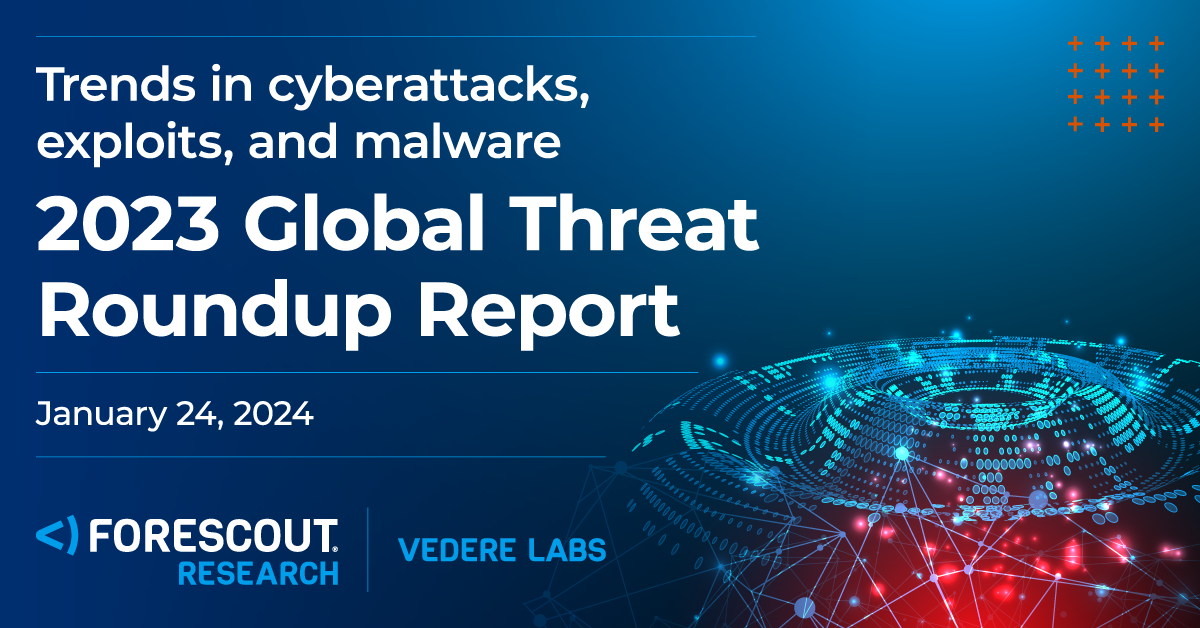Forescout Research –
Vedere Labs
“Vedere” is the Italian word meaning “to see,” which epitomizes the mission of Forescout Vedere Labs, the cybersecurity research arm of Forescout. Our team of global experts focuses on increasing visibility of cybersecurity threats and vulnerabilities for all connected asset types and providing mitigation steps organizations can use to protect themselves.
Our research is fed into the Forescout Platform and shared with the cybersecurity community, including CISA and other cybersecurity agencies, CERTs, ISACs, open-source projects, device manufacturers, universities and other researchers.








